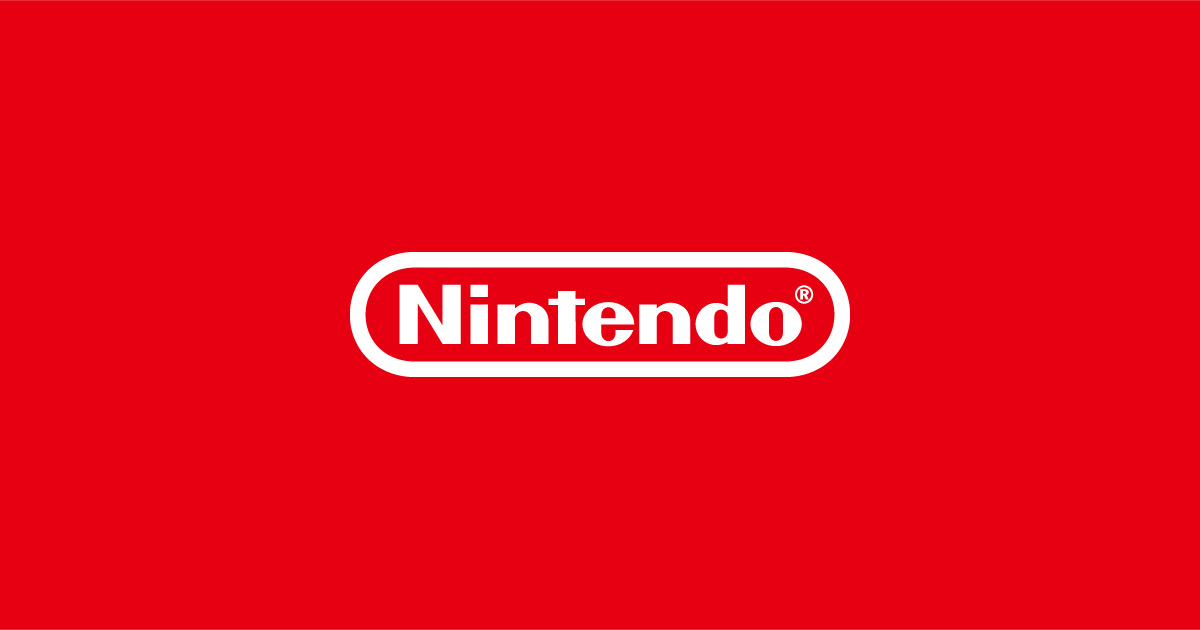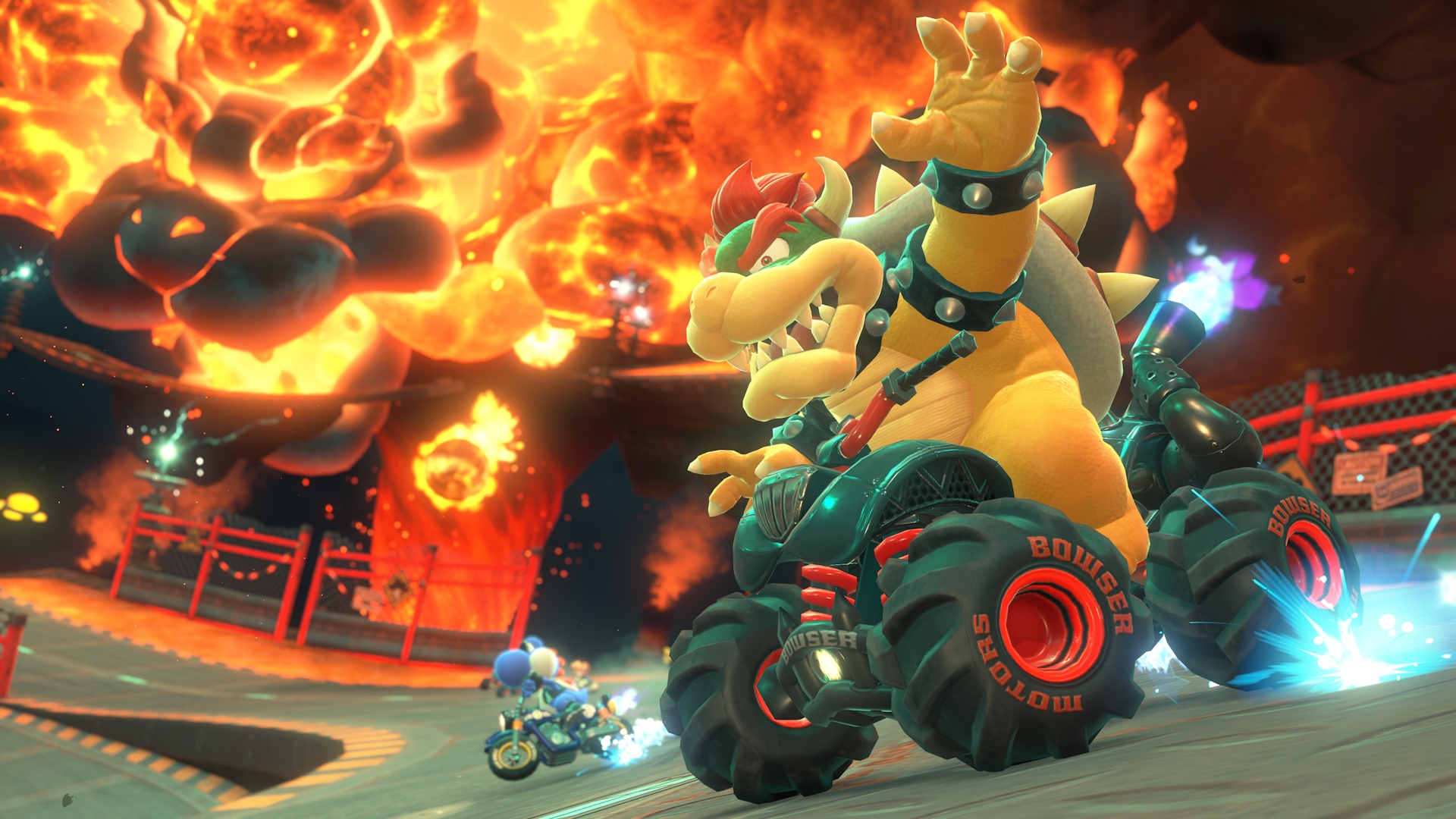Nintendo Switch 2 Review: Hardware, Features, and Performance Upgrades Explored
After years of speculation, the Nintendo Switch 2 has finally landed, succeeding one of the most successful video game consoles of all time.
As the long-awaited follow-up to the original Nintendo Switch—a hybrid system that reshaped the gaming landscape—the Switch 2 arrives amid high expectations, after eight years of market dominance and minimal hardware revisions.
Now, the new model brings significant updates to the hardware, user experience, and functionality, setting a benchmark for the next era of Nintendo gaming. Upgraded Tablet and Dock Design The Nintendo Switch 2 sports a 7.9-inch LCD display that is larger than its predecessor's screen, delivering Full HD 1080p resolution, HDR support, and a smooth 120Hz refresh rate.
While the new LCD doesn’t match the OLED screen’s deep blacks, it offers noticeably brighter and more vivid visuals—perfect for both handheld and docked play.
The addition of a second USB-C port extends flexibility, particularly for tabletop mode, and an improved kickstand offers more robust support and viewing angles. One notable hardware change is the move to microSD Express Card support, which means older microSD cards are not compatible.
With 256GB of onboard storage (231GB available out of the box), the Switch 2 provides more space, though modern titles like Yakuza 0 Director’s Cut, which occupies over 45GB, will quickly fill it.
Nintendo continues to optimize its own first-party releases for limited storage, affirming its commitment to physical games despite industry trends. Battery life ranges between two to six hours, depending on usage and game intensity.
For example, playing Mario Kart World delivered about two hours of play before a recharge was needed.
Battery optimization settings, such as the option to limit charging at 90% capacity, may improve longevity, but these are features that will need longer-term assessment. The new dock includes two front USB ports, a USB-C power connection, an Ultra Speed HDMI slot, and an optional LAN connection—each clearly labeled for ease of use.
A notable upgrade is the inclusion of an internal cooling fan, designed to address prolonged use, and a top-entry design makes docking both secure and convenient.
When docked, the Nintendo Switch 2 can output games in 4K at 60FPS to compatible televisions. Joy-Con 2: Enhanced Controllers The Joy-Con 2 controllers accompanying the new system offer a more comfortable grip owing to their larger size and refined ergonomic design.
Improved analog sticks provide increased range of motion, and the tactile response of the face buttons is notably superior.
While the analog sticks have not transitioned to hall effect technology, feedback so far suggests a significant step up in quality and comfort. The Joy-Con 2 introduce new features such as the C button—which opens the GameChat interface—and an optical sensor for mouse-like input when detached, boosting versatility for select games and navigation.
Joy-Con 2 attach magnetically for easier release, departing from the slider mechanism used previously. GameChat and User Interface Updates Nintendo’s GameChat—a much-requested addition—offers in-system voice and text chat, supporting both group and individual conversations.
Accessible by the C button, the GameChat setup is straightforward and offers essential features such as muting, room creation, and participant control.
The feature will require a Nintendo Switch Online subscription after March 31, 2026. Further accessibility enhancements include support for USB-C cameras and live captioning, ensuring an inclusive experience for all gamers. The system's user interface closely resembles the original Switch’s clean, easy-to-use design, but with dramatically improved speed for both game launching and navigating the eShop.
Group management and Bluetooth audio support are available from day one. Software Library and Backwards Compatibility At launch, Nintendo Switch 2 delivers robust backwards compatibility, with only a small list of exceptions.
Most existing physical and digital Nintendo Switch games work seamlessly, ensuring a smooth transition for longtime fans and a vast library for newcomers. Nintendo has begun updating several flagship titles with enhanced "Nintendo Switch 2 Editions," including The Legend of Zelda: Breath of the Wild and Tears of the Kingdom.
Performance upgrades are particularly notable in titles like Pokemon Scarlet and Violet, which now run at near-perfect 60FPS on Switch 2.
Even without dedicated patches, many games benefit from shorter load times and increased performance thanks to the hardware boost, though upscaling 720p assets to 1080p in handheld mode can result in less crisp visuals for non-optimized titles. Final Verdict Nintendo Switch 2 strikes an impressive balance between familiarity and modernization.
With substantial upgrades to hardware, improved controllers, a more accessible UI, and a strong commitment to backwards compatibility, it’s an enticing option for both dedicated Nintendo fans and newcomers.
While some long-term questions—such as analog stick durability and battery longevity—remain, the Switch 2 stands as a definitive evolution of the hybrid console concept and positions Nintendo strongly for the coming years. Score: 8/10 A Nintendo Switch 2 review unit was provided by Nintendo UK for evaluation purposes.
As the long-awaited follow-up to the original Nintendo Switch—a hybrid system that reshaped the gaming landscape—the Switch 2 arrives amid high expectations, after eight years of market dominance and minimal hardware revisions.
Now, the new model brings significant updates to the hardware, user experience, and functionality, setting a benchmark for the next era of Nintendo gaming. Upgraded Tablet and Dock Design The Nintendo Switch 2 sports a 7.9-inch LCD display that is larger than its predecessor's screen, delivering Full HD 1080p resolution, HDR support, and a smooth 120Hz refresh rate.
While the new LCD doesn’t match the OLED screen’s deep blacks, it offers noticeably brighter and more vivid visuals—perfect for both handheld and docked play.
The addition of a second USB-C port extends flexibility, particularly for tabletop mode, and an improved kickstand offers more robust support and viewing angles. One notable hardware change is the move to microSD Express Card support, which means older microSD cards are not compatible.
With 256GB of onboard storage (231GB available out of the box), the Switch 2 provides more space, though modern titles like Yakuza 0 Director’s Cut, which occupies over 45GB, will quickly fill it.
Nintendo continues to optimize its own first-party releases for limited storage, affirming its commitment to physical games despite industry trends. Battery life ranges between two to six hours, depending on usage and game intensity.
For example, playing Mario Kart World delivered about two hours of play before a recharge was needed.
Battery optimization settings, such as the option to limit charging at 90% capacity, may improve longevity, but these are features that will need longer-term assessment. The new dock includes two front USB ports, a USB-C power connection, an Ultra Speed HDMI slot, and an optional LAN connection—each clearly labeled for ease of use.
A notable upgrade is the inclusion of an internal cooling fan, designed to address prolonged use, and a top-entry design makes docking both secure and convenient.
When docked, the Nintendo Switch 2 can output games in 4K at 60FPS to compatible televisions. Joy-Con 2: Enhanced Controllers The Joy-Con 2 controllers accompanying the new system offer a more comfortable grip owing to their larger size and refined ergonomic design.
Improved analog sticks provide increased range of motion, and the tactile response of the face buttons is notably superior.
While the analog sticks have not transitioned to hall effect technology, feedback so far suggests a significant step up in quality and comfort. The Joy-Con 2 introduce new features such as the C button—which opens the GameChat interface—and an optical sensor for mouse-like input when detached, boosting versatility for select games and navigation.
Joy-Con 2 attach magnetically for easier release, departing from the slider mechanism used previously. GameChat and User Interface Updates Nintendo’s GameChat—a much-requested addition—offers in-system voice and text chat, supporting both group and individual conversations.
Accessible by the C button, the GameChat setup is straightforward and offers essential features such as muting, room creation, and participant control.
The feature will require a Nintendo Switch Online subscription after March 31, 2026. Further accessibility enhancements include support for USB-C cameras and live captioning, ensuring an inclusive experience for all gamers. The system's user interface closely resembles the original Switch’s clean, easy-to-use design, but with dramatically improved speed for both game launching and navigating the eShop.
Group management and Bluetooth audio support are available from day one. Software Library and Backwards Compatibility At launch, Nintendo Switch 2 delivers robust backwards compatibility, with only a small list of exceptions.
Most existing physical and digital Nintendo Switch games work seamlessly, ensuring a smooth transition for longtime fans and a vast library for newcomers. Nintendo has begun updating several flagship titles with enhanced "Nintendo Switch 2 Editions," including The Legend of Zelda: Breath of the Wild and Tears of the Kingdom.
Performance upgrades are particularly notable in titles like Pokemon Scarlet and Violet, which now run at near-perfect 60FPS on Switch 2.
Even without dedicated patches, many games benefit from shorter load times and increased performance thanks to the hardware boost, though upscaling 720p assets to 1080p in handheld mode can result in less crisp visuals for non-optimized titles. Final Verdict Nintendo Switch 2 strikes an impressive balance between familiarity and modernization.
With substantial upgrades to hardware, improved controllers, a more accessible UI, and a strong commitment to backwards compatibility, it’s an enticing option for both dedicated Nintendo fans and newcomers.
While some long-term questions—such as analog stick durability and battery longevity—remain, the Switch 2 stands as a definitive evolution of the hybrid console concept and positions Nintendo strongly for the coming years. Score: 8/10 A Nintendo Switch 2 review unit was provided by Nintendo UK for evaluation purposes.





